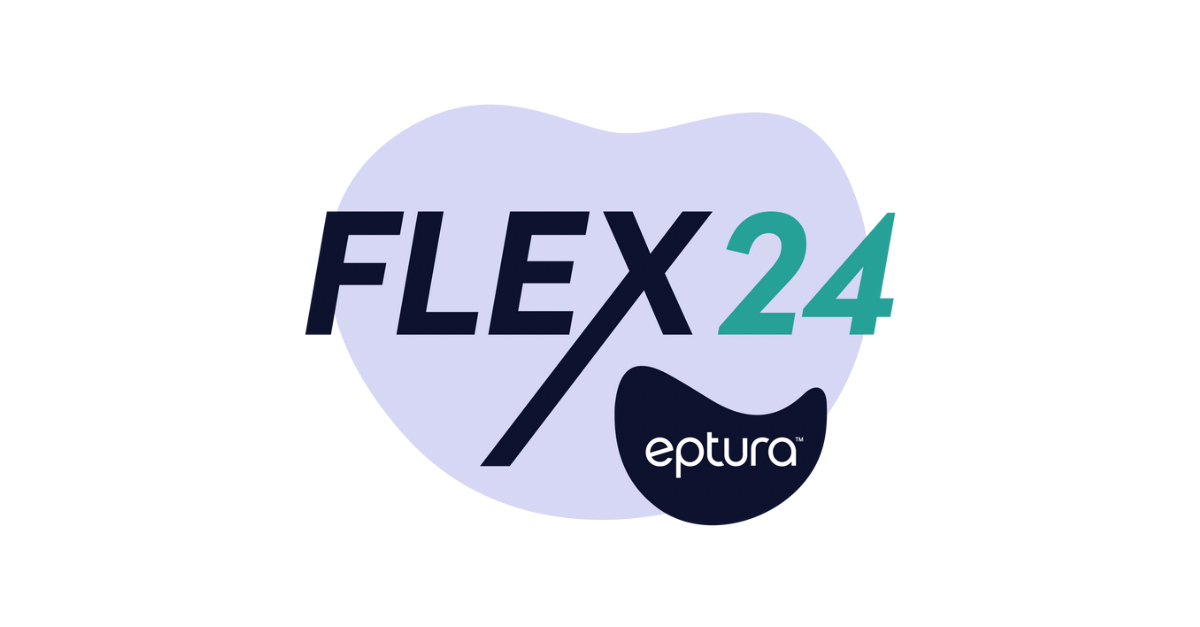
We tend to think of buildings in the physical sense. It doesn’t get much more physical than brick and mortar, steel, and glass. But buildings are joining the digital world. Nothing puts this in perspective like Building Information Modeling (BIM) and BIM facility management software.
Rather than looking at what the building is in a material sense, BIM software creates a digital representation of the physical characteristics of the structure. More importantly, it delineates the functions of the building itself.
BIM facility management software asks and answers a crucial question: Are your facilities meeting your needs?
The goals of BIM
If the goal of facilities is to support employees and facilitate business operations, the goal of BIM software is to understand facilities. Digitally modeling the building creates a top-down look into the workplace and all affiliated amenities.
Building models visually represent physical structures and bridge them to physical and digital aspects of the workplace—all while incorporating essential processes. BIM shows how many bathrooms are on the fourth floor. It can just as easily project the need for more square footage or provide a virtual heat map of your most-used spaces. Facility managers use BIM to route evacuation plans and create emergency procedures. It’s the simplest way to understand the entirety of facilities by taking yourself out of them and looking in.
BIM software capabilities boil down to improvement. How can cloud-based BIM software make the workplace better? That all depends on how it’s used:
- Real estate cost conservation and optimization
- Improved, optimized facility functions
- Business growth predictions
- Increase facilities management’s role in operations
- Answer demand for employee accommodations
- Improve workplace culture and cohesiveness
- Raise workplace safety and reduce risks
BIM software is a tool. Aligning it with facility management goals or the company’s greater objectives is integral in effectively using its features .
Modeling the physical space
How does BIM benefit facilities managers? At the simplest level, through design planning. The first step in using BIM software is creating a 3D floor plan, which unlocks tremendous potential for facilities management, including:
- Comprehensive, at-scale view of floor plans
- Asset location and proximity
- Emergency exit and general safety planning
- Management of HVAC, plumbing, and other utilities
- Space planning and allocation
- Space optimization
Improvement starts with understanding. Modeling facilities through BIM software provides the most basic, physical understanding of space layout, scale, and proximity.
Tracking crucial assets
Beyond the workplace itself, it’s important to track assets within it. BIM for facilities managers allots for this. From fixed assets like the TV in the conference room to mobile assets like the copy machine, BIM puts the location of everything in perspective to the physical space. Then, it enables facility managers to track and manage them.
Take an AV cart, for example. Stick a sensor on the cart and sync its signal with BIM software. Voila! You can see its location at any given time. If it’s on the third floor today and is needed on the first floor tomorrow, there’s time to relocate it. It takes seconds to find the cart and minutes to move it—all thanks to BIM software.
Depending on the level of integration, BIM software gets even more sophisticated. The computer at workstation #34 isn’t working, so a support ticket is issued. An Integrated Workplace Management System (IWMS) processes the ticket and pings the BIM software for the workstation’s location. The IT department receives a work request describing the problem, with directions on how to get to workstation #34.
Wherever the physical workspace and tangible assets are involved, BIM software has a role to play.
Managing the functions of work
Since BIM software supports facilities, it also indirectly bolsters the work done in them. BIM software might not impact how employees use collaborative workspace, but it was likely instrumental in understanding the demand for that type of space.
In some cases, BIM software plays a direct role in managing the functions of work. Assigning hot desks or reserving hotel desks requires an understanding of their location and availability. Coordinating an office move hinges on having a robust floor plan of new vs. old facilities. Implementing wayfinding software requires a digitized version of the physical workspace. Each plays a role in how employees interact with facilities. In this way, BIM software is as practical for the function of facilities as it is in understanding and planning them.
The importance of a digital twin
BIM software creates a digital twin of our workplace. It’s a great way to quantify and measure the physical aspects of a workplace, then use that information for improvements. Combined with smart Internet of Things devices, digital twins are the foremost resource for observing the efficiency and capability of a workplace and the things in it. And it all starts with BIM software, a vital tool in smart facilities management.
Keep reading: What is IWMS software? Learn what it is and how to use it.


